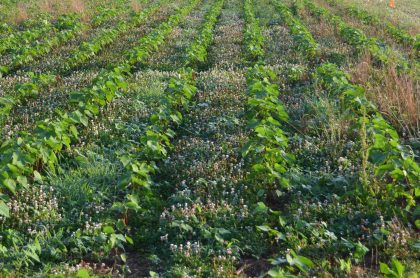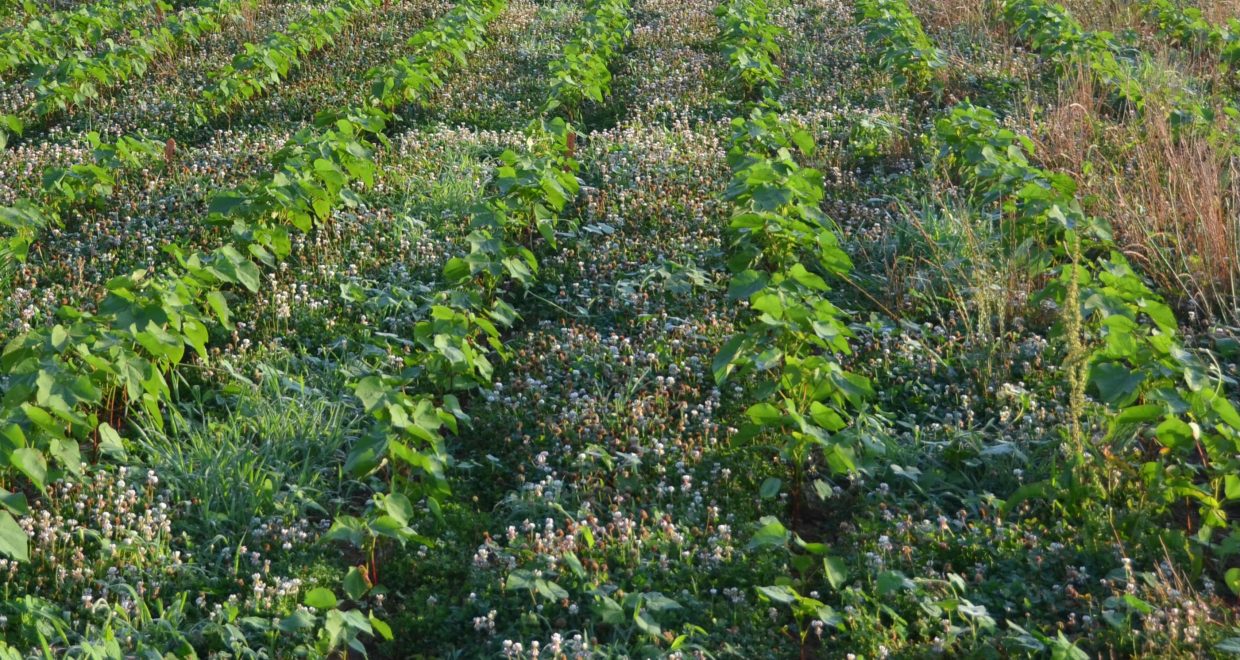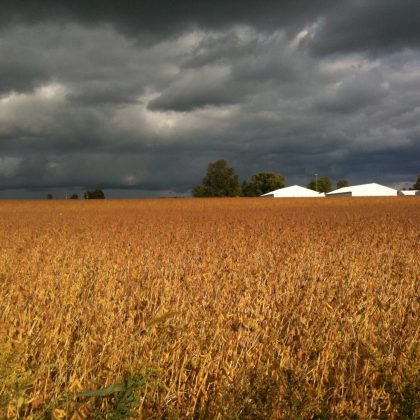Single cover crop vs. mixtures: Which delivers better weed suppression?
Cover crops can be a valuable tool for weed suppression. They compete with weeds for light, water, nutrients and space and reduce the ability of weeds to germinate, grow and reproduce. But which is better – planting a single cover crop or using one of the new cover crop mixtures that are now readily available?

In field research featured in the journal Weed Science, a team from Agriculture and Agri-Food Canada set out to answer that question. They compared 19 monoculture cover crops from four taxonomic groups (brassica, forb, grass and legume) with 19 mixtures that contained from one to three cover crop species.
They determined that cover crop diversity does indeed have a positive effect of on weed suppression. However, monocultures of buckwheat, oat, pearl millet or sorghum sudangrass were typically more productive and more weed suppressive than any of the mixtures. This result was consistent across regions, seasons, mixture composition and functional diversity.
The bottom line: If weed suppression is the primary goal, a single cover crop may be the most effective option.
Want to learn more? The open access article is available here: “The importance of species selection in cover crop mixture design” by, Andrew McKenzie-Gopsill et al.






